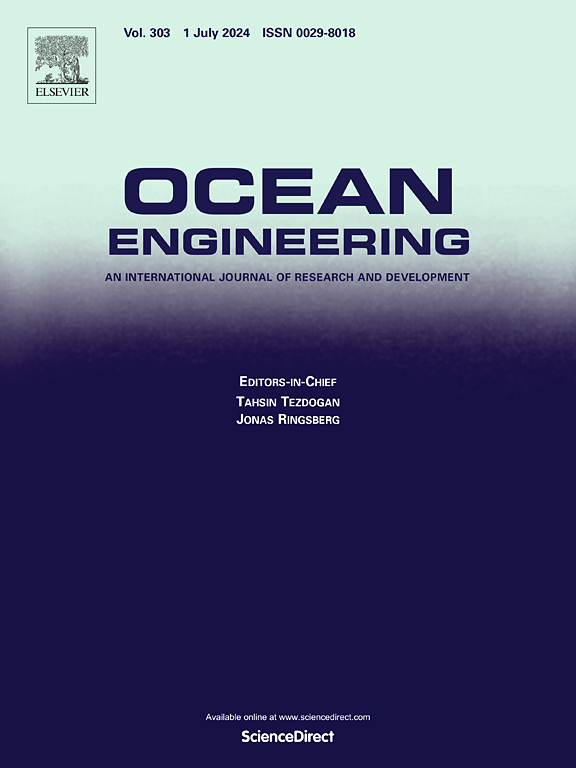Fish-friendly optimization of low-head axial-flow turbines
IF 4.6
2区 工程技术
Q1 ENGINEERING, CIVIL
引用次数: 0
Abstract
Given the global trend toward fully exploiting large hydropower bases, industry and academia are increasingly focusing on low-head small hydro systems. These systems offer numerous advantages, such as low cost, short construction time, and minimal environmental impact. This study is based on a low-head axial-flow turbine model developed using Standard Modular Hydropower technology. The turbine was redesigned and optimized by reducing the number of runner blades from eight to four, which not only ensured excellent hydraulic performance but also enhanced fish passage capacity. The results indicated that the fish mortality rate due to impact with the blades was the highest within the low-head turbine runner. In contrast, the probability of fish damage due to pressure gradient and shear stress remained low, with fish being nearly immune to direct pressure damage. Orthogonal experiments revealed that the parameters influencing the runner airfoil profile had a greater impact on efficiency than those affecting the stator airfoil profile. Among these, the coefficient of the runner blade installation angle (Crsa) was found to have the most significant effect on turbine efficiency. Following optimization, the fish damage probability due to pressure gradient inside the runner under high-flow conditions and the fish damage probability due to shear stress under low-flow conditions were reduced to a certain extent. Furthermore, the fish mortality rate due to blade impact was significantly reduced, with a maximum reduction ratio of 65%. This study offers a novel approach for optimizing the design of fish-friendly hydraulic turbines, with significant implications for the sustainable use of low-head hydraulic resources and environmental protection.

求助全文
约1分钟内获得全文
求助全文
来源期刊

Ocean Engineering
工程技术-工程:大洋
CiteScore
7.30
自引率
34.00%
发文量
2379
审稿时长
8.1 months
期刊介绍:
Ocean Engineering provides a medium for the publication of original research and development work in the field of ocean engineering. Ocean Engineering seeks papers in the following topics.
 求助内容:
求助内容: 应助结果提醒方式:
应助结果提醒方式:


